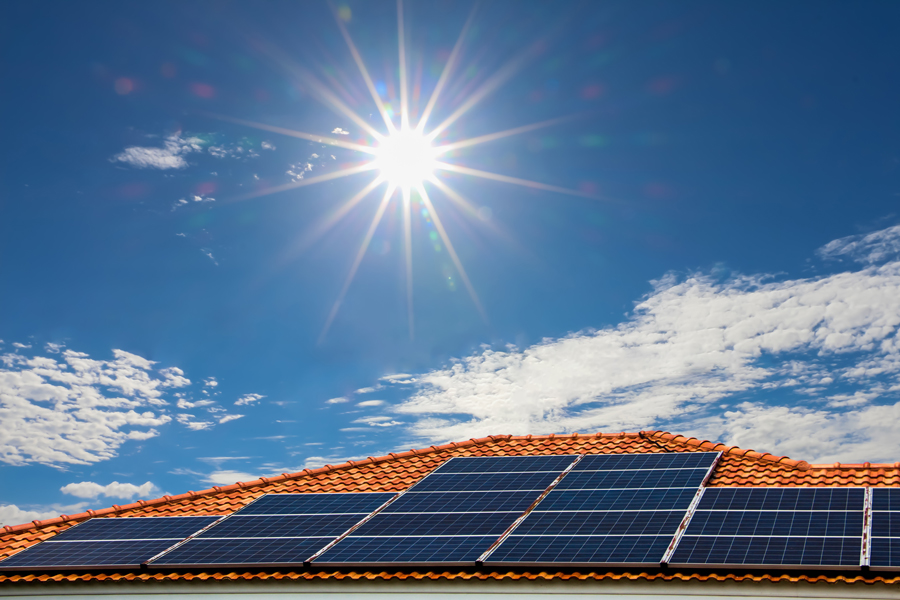Introduction
 Solar energy use has grown rapidly over the past decade. Costs have dropped, while new ownership and financing models allow more Americans than ever to choose solar. Solar is now available as a power choice in all fifty states, territories and the District of Columbia. Going solar is a significant decision. By understanding the basics of solar energy, your solar options, and the right questions to ask solar professionals, you’re well positioned to make the right decisions.
Solar energy use has grown rapidly over the past decade. Costs have dropped, while new ownership and financing models allow more Americans than ever to choose solar. Solar is now available as a power choice in all fifty states, territories and the District of Columbia. Going solar is a significant decision. By understanding the basics of solar energy, your solar options, and the right questions to ask solar professionals, you’re well positioned to make the right decisions.
How Solar Works
Today, most residential solar systems are photovoltaic (“PV”) – or solar electric – systems. This guide covers only PV systems. They generate electricity using two main hardware components:
- Panels (or modules) that convert sunlight to electricity; and
- Inverter(s) that convert(s) direct current to alternating current for use in your home
Generating Electricity
The amount of electricity (measured in kilowatthours, or kWh) produced by any solar system depends on two factors:
- The size (or “power rating”) of the system measured in kilowatts (kW); and
- The amount of sunlight the system receives. The amount of sunlight a solar system receives depends on several factors, including:
- Geographic location (e.g., Phoenix receives more sunlight on average than Seattle)
- Orientation (e.g., roof pitch or compass direction)
- Shading (e.g., from chimneys, trees or neighboring buildings)
2022 Residential Consumer Guide to Solar Power
Source: Solar Energy Industries Association. SEIA. March 2022. Residential Consumer Guide to Solar Power, www.seia.org
- Solar Energy
- Community Solar
- Smart Meters
- Electric Vehicles
- Programs
-
Distributed Generation
- DG Interconnection Public Queue
- Residential Consumer Guide to Solar Power
- FAQs
- Texas - Interconnection of Facilities up to 10 MW
- New Mexico - Interconnection of facilities less than 10 kW
- New Mexico - Interconnection of facilities greater than 10 kW and less than 100 kW
- New Mexico - Interconnection of Facilities Greater Than 100kW and up to 10MW
- Helpful Links
